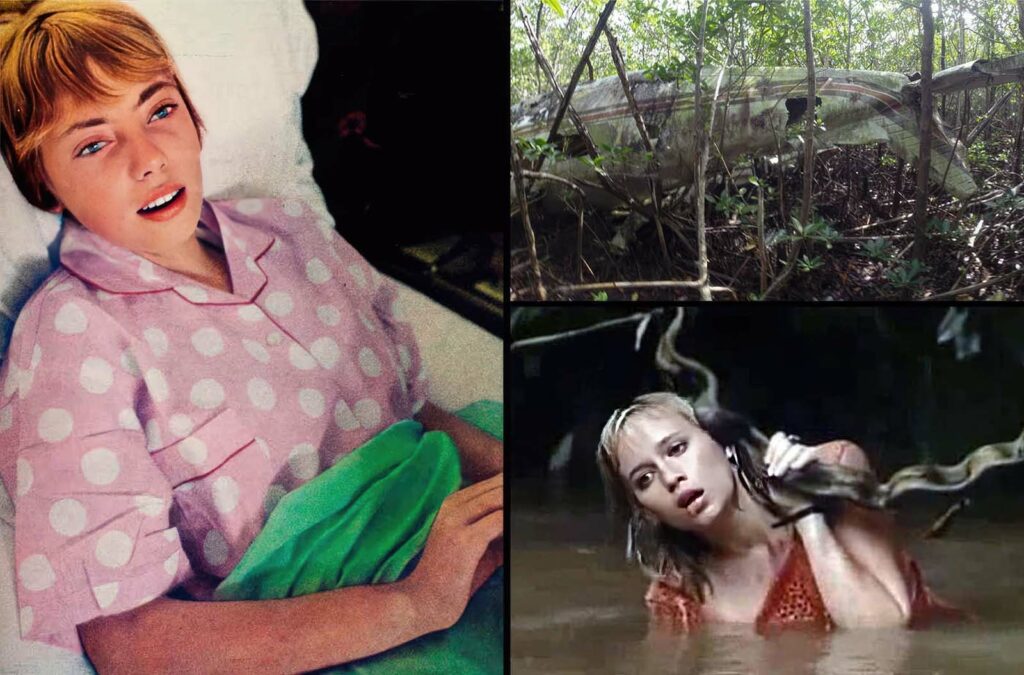
Juliane Koepcke, who was only 17 years old at the time, was the only person to survive LANSA Flight 508 on Christmas Eve 1971. The flight was going from Lima, Peru’s capital, to Panguana.
After a lightning strike forced the plane to break apart in the air, Juliane fell 3,000 meters (10,000 feet) into the Peruvian Amazon Rainforest while still strapped into her seat.
Even though there was a thorough 10-day search operation that was called off because there were no evidence of the flight, Juliane beat the odds.
After 11 days of living alone in the rainforest, she was found by local fishermen and became the only person to survive the terrible event.
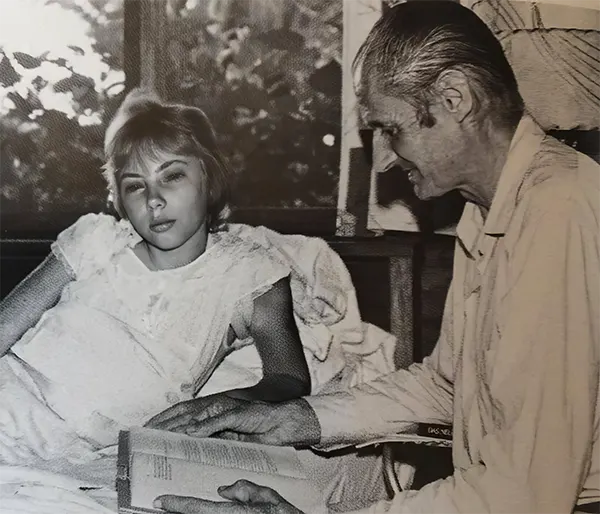
Juliane Koepcke was born on October 10, 1954, in Lima. She is the only child of German zoologists Maria and Hans-Wilhelm Koepcke.
At the time of her birth, her parents were working on scientific projects at the Museum of Natural History in Lima.
Juliane moved from Lima with her parents when she was 14 to help set up the Panguana research station in the Amazon jungle. In this one-of-a-kind setting, she learned important skills for staying alive.
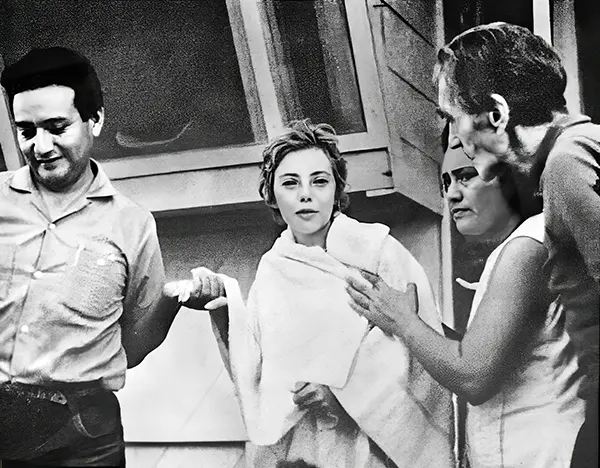
Juliane Koepcke had no idea what was about to happen to her on December 24, 1971, when she got on LANSA Flight 508.
The night before, Juliane and her mother celebrated her high school graduation in Lima, Peru. They booked the LANSA ticket for December 24 so they could be home for Christmas.
Hans-Wilhelm, Koepcke’s father, told his wife not to fly with the airline because it had a bad reputation. Still, the flight was booked.
On Christmas Eve, while they waited to board, the airport was very busy because a lot of flights had been canceled the day before.
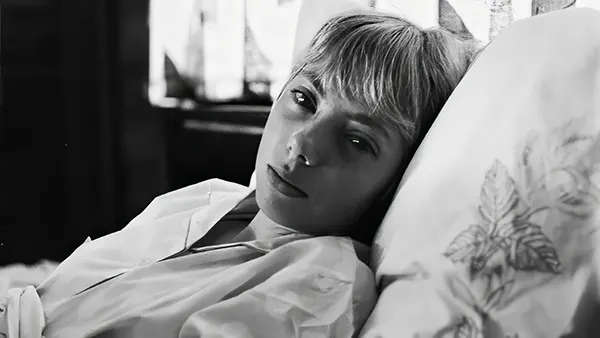
In 2013, she wrote about her memory of the flight in Reader’s Digest and said that the first half-hour went very well. Everyone had refreshments and was calm.
But then, everything got out of hand. There was lightning all over the place when the plane encountered a thunderstorm. People began to yell, wail, and go crazy.
The plane shook, and lunch trays flew all over the place. Juliane’s mom, who was scared of flying, tried to calm her down by saying, “Everything will be fine.”
Then, the scariest part: the plane plunged out of the sky and went nose-first down. Juliane’s mom said, “It’s all over now.”
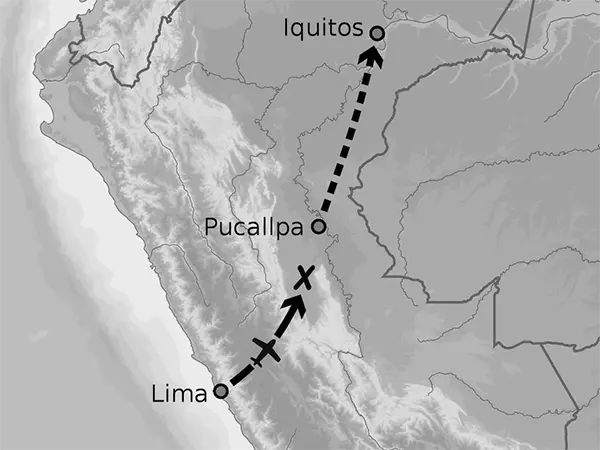
Juliane Koepcke and the seat she was fastened into broke free from the jet as it started to fall apart in the air.
Koepcke said in her memoir “When I Fell From the Sky,” “My mother is no longer with me, and I am no longer in the airplane.”
“I’m still strapped in, but I’m by myself. I’m by myself at around ten thousand feet. And I’m plummeting, cutting through the sky…”
Koepcke lived through the fall, but she shattered her collarbone, cut her right arm deeply, hurt her eye, and got a concussion.
She said in her story that the forest “saved my life” because the trees broke her fall from 10,000 feet. She passed out and then woke up again before ultimately getting up.
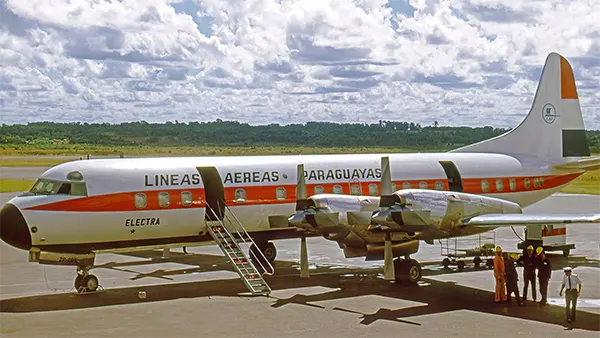
She remembered what her father had told her: “If you ever get lost in the jungle, look for water and follow its path.” It will take you to a bigger body of water and maybe even a place where people live.
Koepcke ended up spending 11 days in the Peruvian rainforest, most of which were spent walking in water by following a creek to a river.
She had to deal with bad insect bites and botfly larvae in her injured arm while she was in the bush.
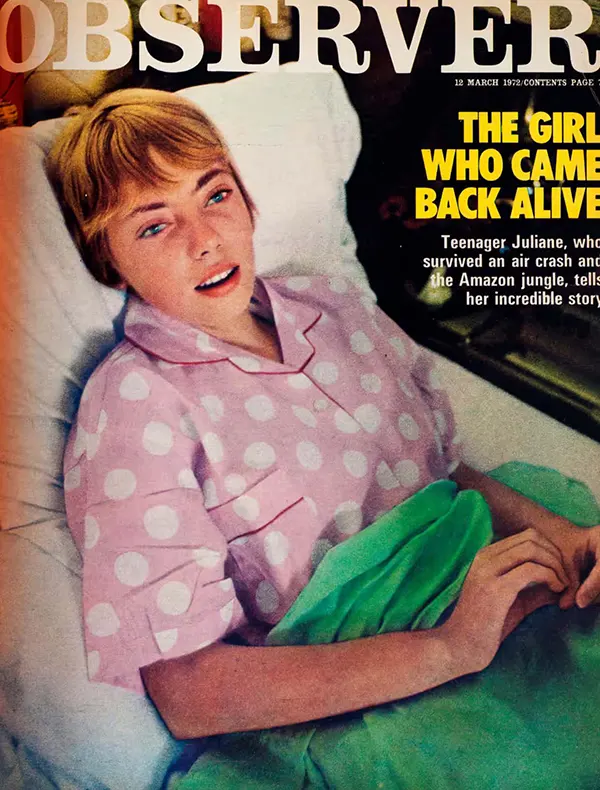
Juliane kept walking and spotted the bodies of other people who had died in the plane crash. Many of them were still strapped into their seats.
“I was scared. I didn’t want to touch them, but I had to make sure my mom wasn’t one of them.” I hit one of the dead with a stick and knocked off a shoe.
She remembered that the toenails had nail polish on them and that it couldn’t have been her mother because she never wore nail polish.

By the 10th day, Koepcke was near exhaustion. She had eaten only a bag of sweets she’d found at the crash site, and thought she might starve.
At last, the teenager was able to find an encampment that had been set up by local fishermen. She gave herself rudimentary first aid, which included pouring gasoline on her arm to force the maggots out of the wound.
The following day, January 3, 1972, Juliane was finally discovered by three fishermen who found her in the shack and helped her to safety.
After her rescue, Juliane learned that she was the sole remaining survivor of the LANSA crash. A total of 91 people had been killed, including her mother Maria.
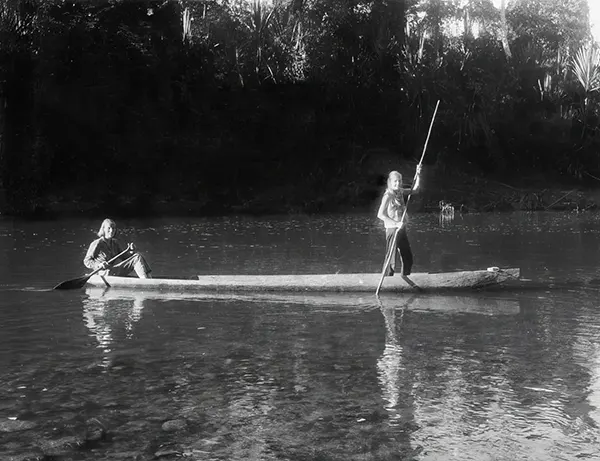
Koepcke helped search teams find the accident site and retrieve the bodies of the victims after she had healed from her injuries. On January 12, 1972, they found her mother’s body.
Koepcke went back to her parents’ home country of Germany, where she fully healed from her injuries. She went to the University of Kiel and studied biology, just like her parents. She graduated in 1980.
She got her PhD from Ludwig Maximilian University of Munich and then went back to Peru to study bats as part of her research in mammalogy.
Koepcke married Erich Diller, a German entomologist who studies parasitic wasps, in 1989. She became the director of Panguana in 2000, after her father died.

The crash and its repercussions have lingered with her for decades, even though she has found meaning in her life and profession.
“I had nightmares for a long time, for years, and of course the sadness about my mother’s death and the deaths of the other people kept coming back.” The question “Why was I the only one who lived?” plagues me. It always will.
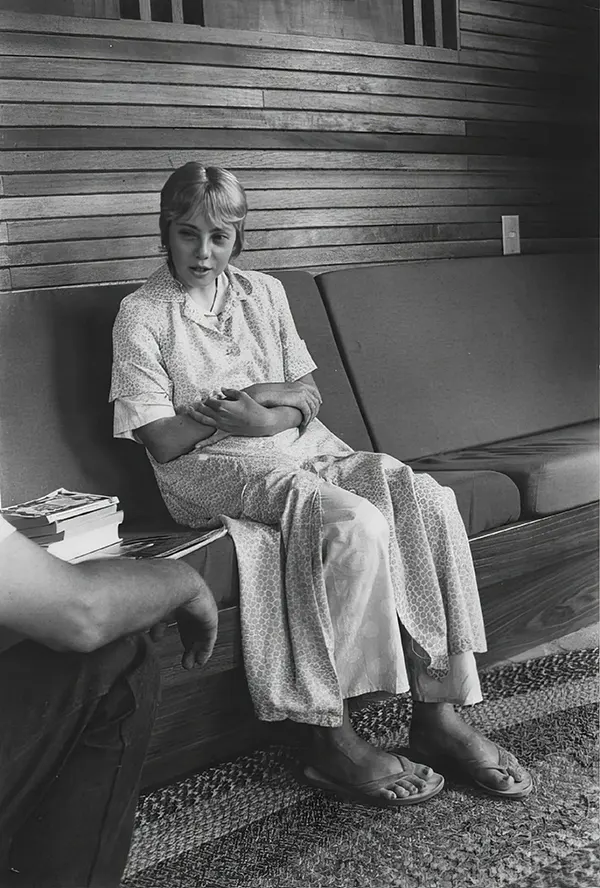
Many books and movies have been made on Koepcke’s survival. One of them is the low-budget and extensively fictitious I miracoli accadono ancora (1974) by Italian filmmaker Giuseppe Maria Scotese, which was released in English as Miracles Still Happen.
Koepcke revealed her own story more honestly in the 1998 German film Wings of Hope by Werner Herzog.
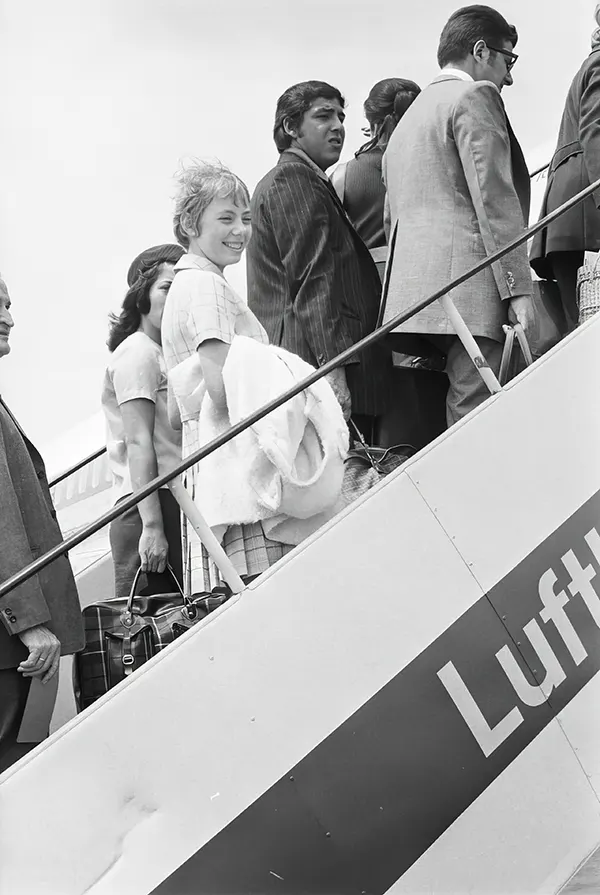
How did Juliane Koepcke live through the plane crash?
There has been a lot of talk about how Koepcke survived when it shouldn’t have happened.
Experts say she lived through the fall because she was strapped into her window seat, which was part of a row of three seats to her left.
People felt that worked as a parachute and slowed her descent. The updraft from the thunderstorm Koepcke dropped through and the thick trees at her landing spot may have also made the impact less severe.
It’s intriguing that about 14 other people who were on the plane also survived the first disaster. Unfortunately, their luck ran out as they were waiting to be saved.
It only goes to show that staying alive in situations like this depends on a lot of things that aren’t always easy to foresee.
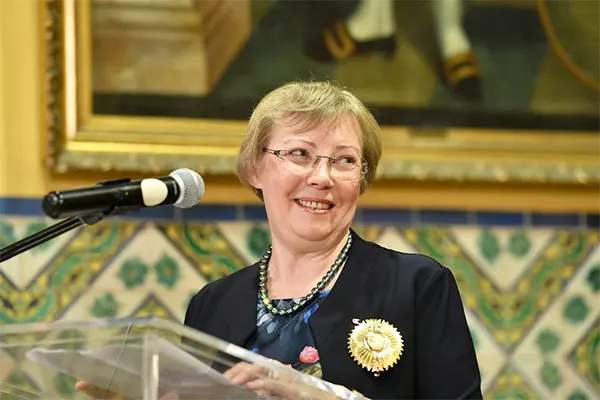

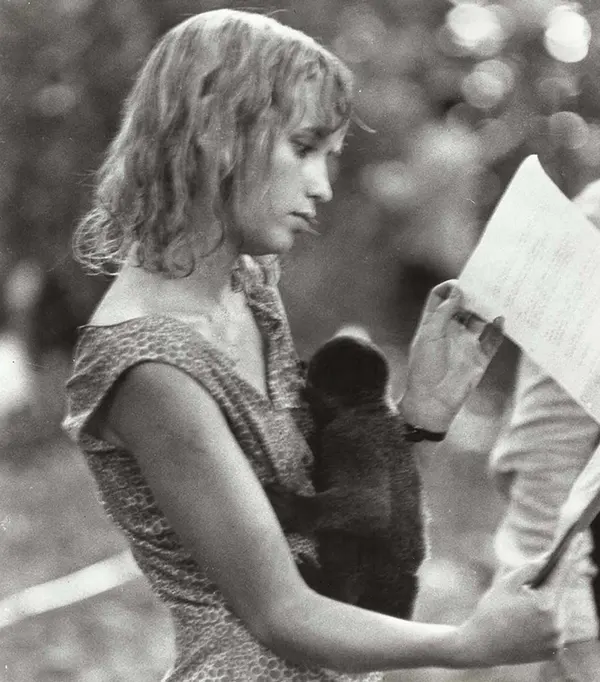
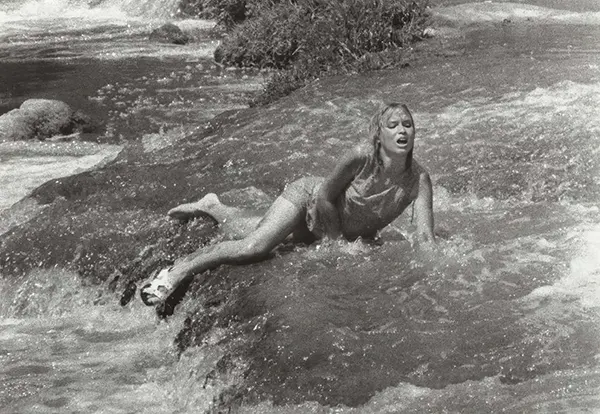
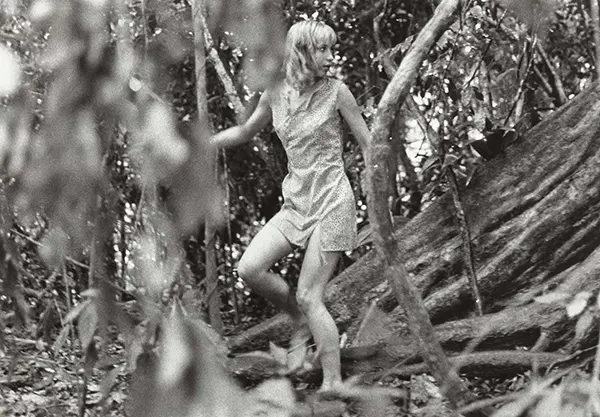
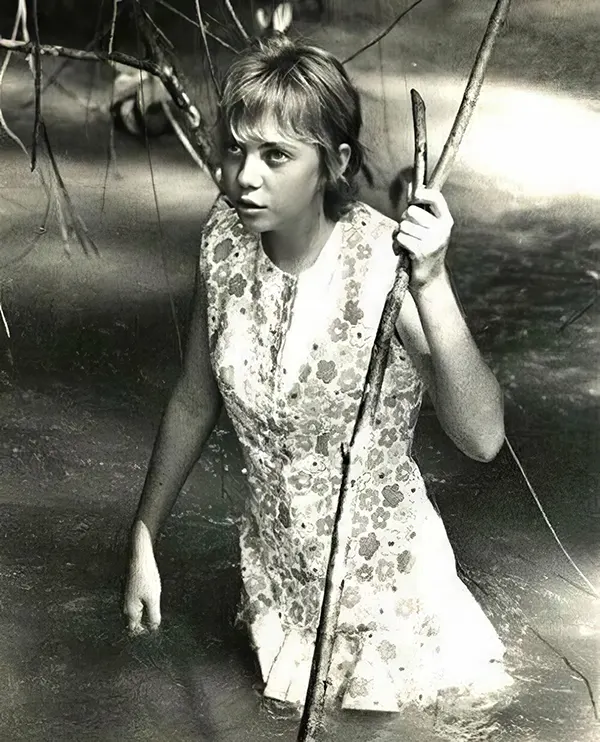
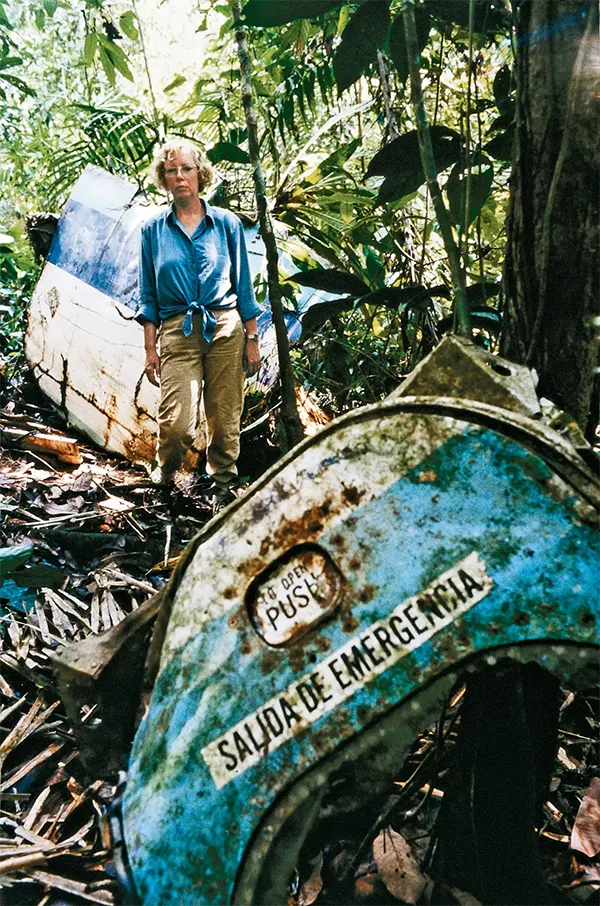
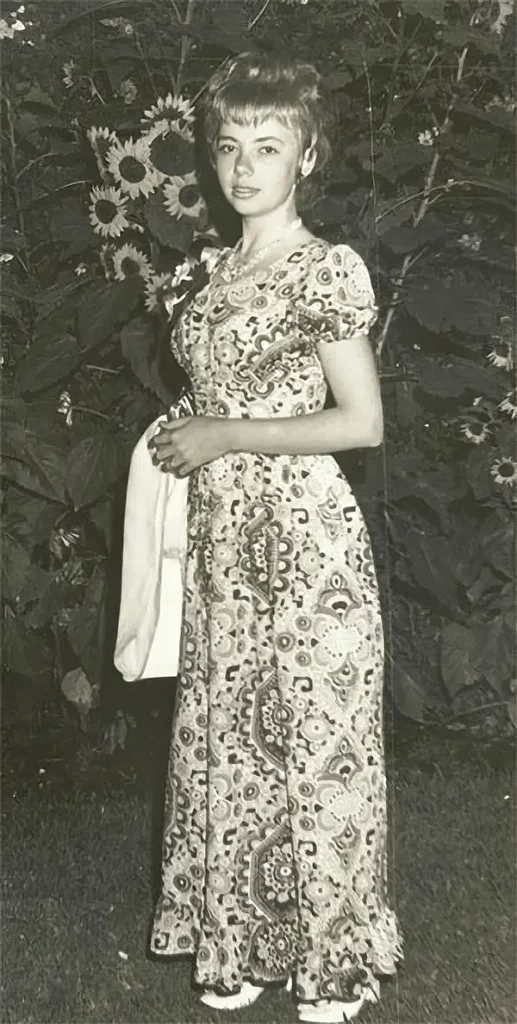
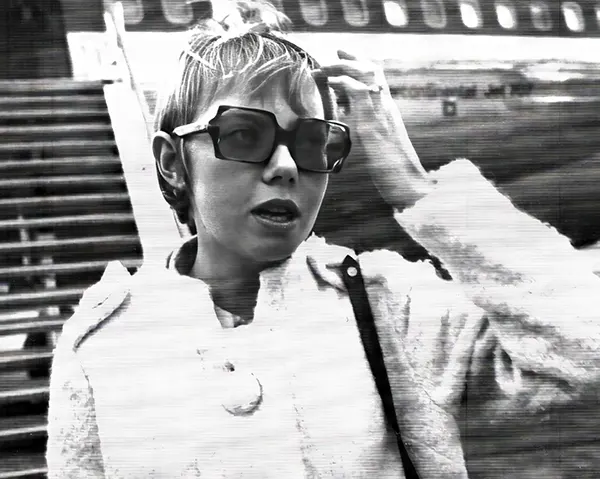
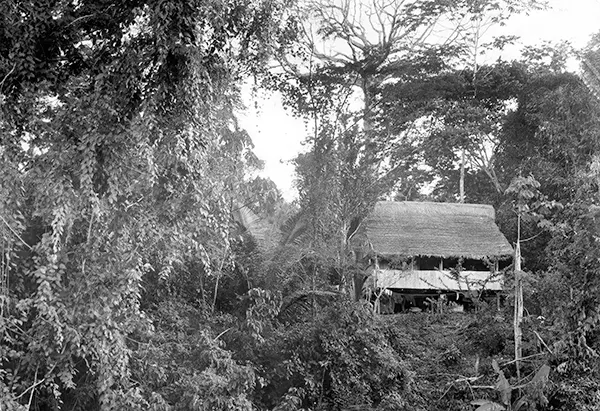
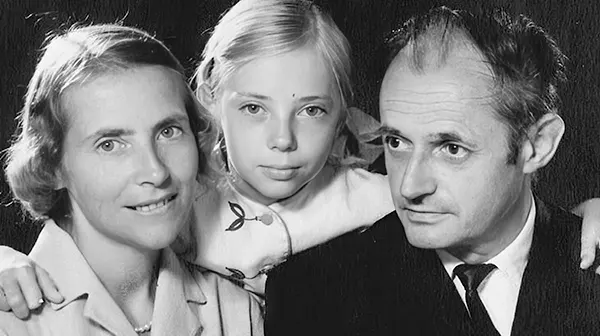
(Photo credit: Juliane Koepcke / When I Fell From the Sky / The Washington Post / Wikimedia Commons / Daily Mail UK / IMDB).


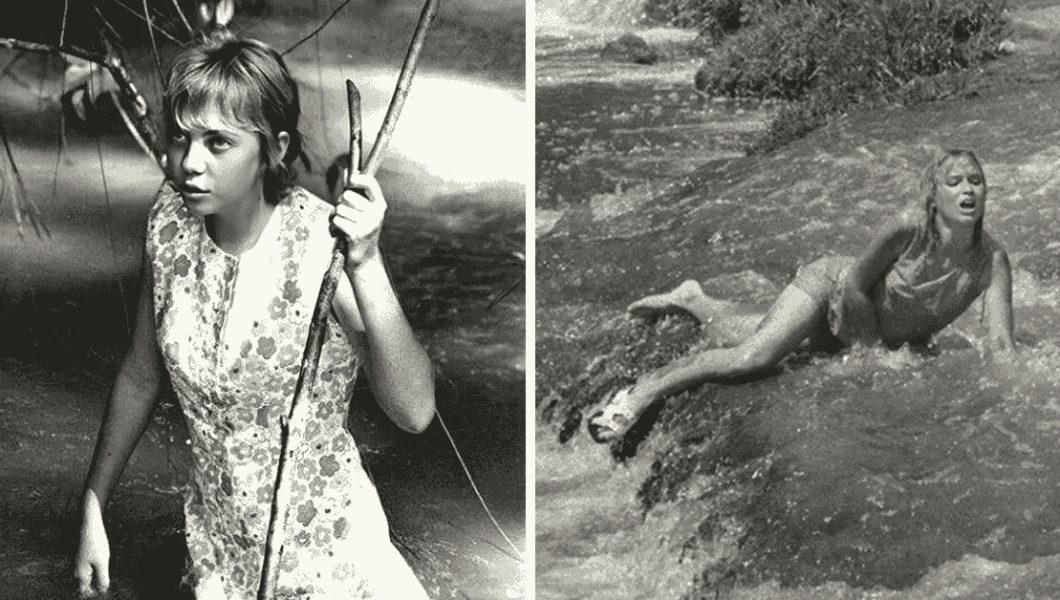

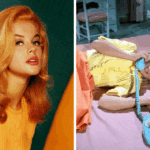
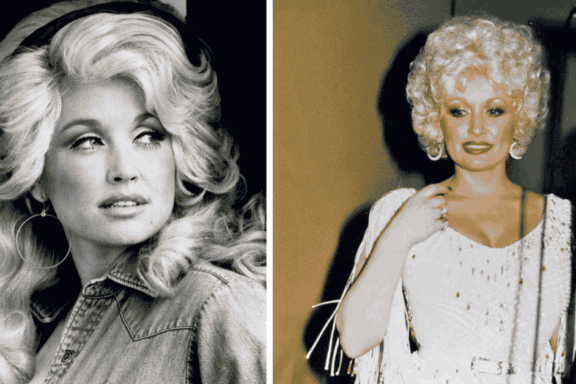
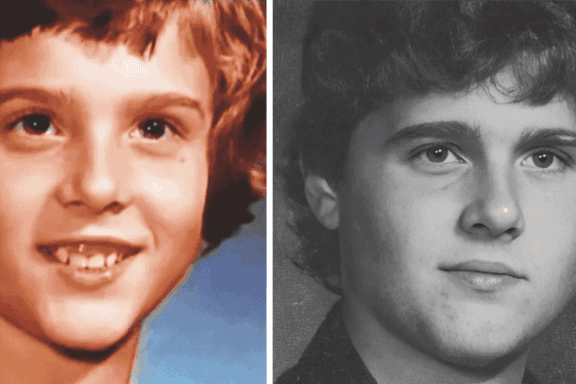
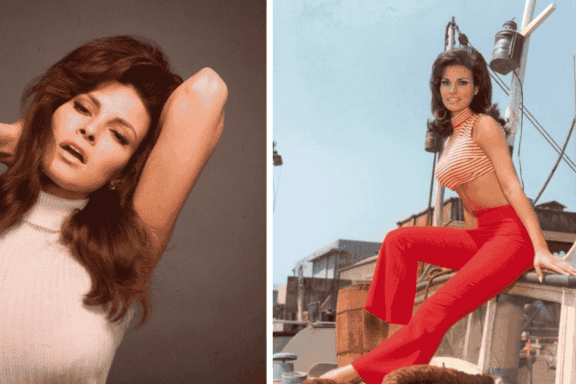
No Comments